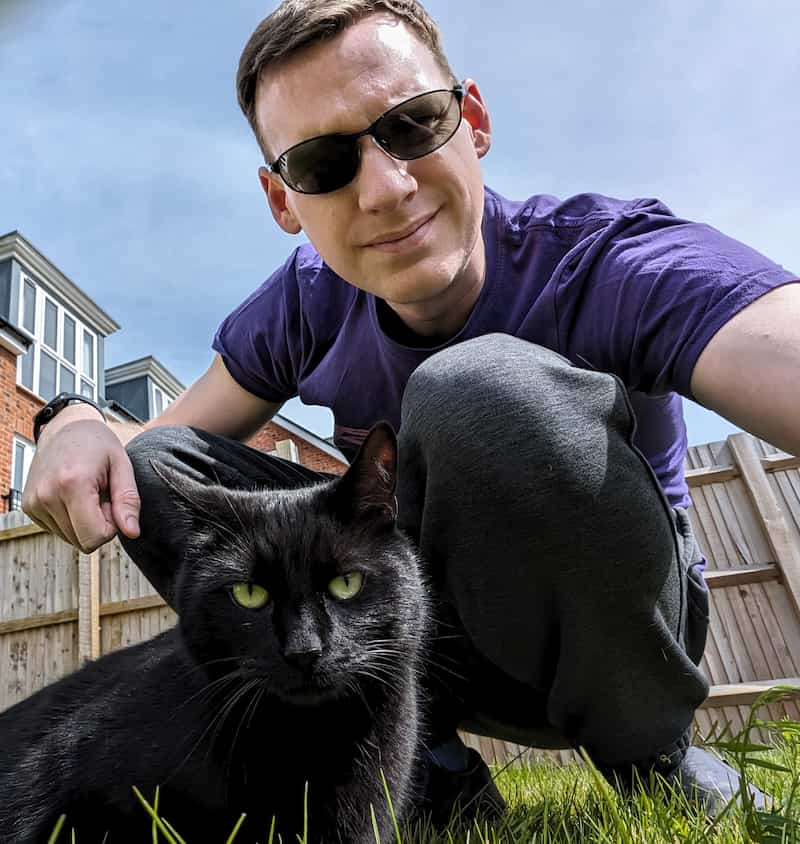What happens when you read a response?
There's a bit of disagreement over the behaviour of requests and responses in the fetch API, curious to know what you think…
Setting the scene
The new fetch API gives the web proper Request and Response primitives.
fetch('/whatever').then(function(response) {
return response.body.asJSON();
}).then(function(data) {
// fetch gave us a response & we
// successfully read it as JSON
}).catch(function(err) {
// either fetch had a network failure,
// or parsing as JSON failed
});Fetch takes a URL or a request object:
var request = new Request('/whatever', {
mode: 'POST',
body: formData // or a string, or a blob
});You can store responses in caches:
caches.get('cache-name').then(function(cache) {
cache.put(request, response).then(function() {
// response is now fully cached
});
});You can use responses in ServiceWorkers to respond to requests:
this.onfetch = function(event) {
event.respondWith(
fetch('/whatever')
);
};The question
Take this bit of code:
fetch('/whatever').then(function(response) {
response.body.asJSON().catch(function() {
// parsing as JSON failed, let's get the text
response.body.asText().then(function(text) {
// ...
});
});
});Or this bit:
// assume request & cache are in scope
fetch(request).then(function(response) {
response.body.toJSON().then(function(data) {
// make sure the JSON isn't an error response
if (!data.err) {
// put it in the cache
cache.put(request, response);
}
});
});Or this:
this.onfetch = function(event) {
event.respondWith(
caches.get('content').then(function(cache) {
// fetch the resource
return fetch(event.request).then(function(response) {
// put it in the cache
cache.put(event.request, response);
// and send it to the browser
return response;
});
})
);
};Would it suprise you if all those were 'wrong'? Each example involves reading the body of the response more than once, and there's a proposal that multiple reads should fail.
The first example tries to read as JSON then text. The second example reads as JSON then reads into a cache. The third reads into a cache then hands it back to the browser to read & parse.
Why fail on multiple reads?
Memory efficiency. The idea is to treat the request/response body as a stream, when you call cache.put(request, response) the response stream is piped to the cache. This means large responses can be handled without buffering them into memory.
fetch('/whatever').then(function(response) {
return response.body.asJSON();
}).then(function(data) {
// ...
});With the above, we don't need to keep the original response in memory as well as the JSON representation. You can stringify the JSON of course, but you'll have lost parts of the original response that mean nothing to JSON, such as whitespace.
Because reading means the original stream is gone, there's no opportunity to do a second read, unless…
Opting into buffering
There are cases such as above where you want to read twice. The solution is to allow cloning of the stream:
fetch('/whatever').then(function(response) {
return response.clone().body.asJSON().catch(function() {
// parsing as JSON failed, let's get the text
response.body.asText().then(function(text) {
// ...
});
});
});The above works, because .clone is called on the response before the first read. This means the original response can still be read. By doing this, you opt into the memory overhead of retaining the original stream.
this.onfetch = function(event) {
event.respondWith(
caches.get('content').then(function(cache) {
// fetch the resource
return fetch(event.request).then(function(response) {
// put it in the cache
cache.put(event.request, response.clone()).then(function() {
// done!
});
// and send it to the browser
return response;
});
})
);
};In the above we send a clone into the cache, and the original back to the browser. Although we're cloning the stream, it's still memory efficient as both streams are being consumed, so we don't need to hold the original in memory. However, if we also .cloned the stream being sent back to the browser, we may be in trouble, as the original response would be unread and in scope.
An alternative solution
The other proposal is to have all body-reading methods automatically clone, so all the examples above just work. However:
fetch('/huge-resource').then(function(response) {
cache.put('/huge-resource', response).then(function() {
console.log('It worked!');
});
});This could be problematic as response stays in scope, meaning it can be read again after consuming the whole thing. The browser would have to store the original response in either memory or more likely disk. It's already on disk in the cache of course, but that may not be true in all cases (imagine streaming a video response to a video element).
In this model, if you want memory efficiency you interact directly with the low-level stream response.body. That low-level access won't be there at the start, as the streams spec is still in-progress.
Over to you!
Did it surprise you that multiple reads would fail? Does it make sense after my attempt to explain it? Perhaps it makes sense but you still think it's the wrong thing to do?
What do you think? Help us do the right thing!
